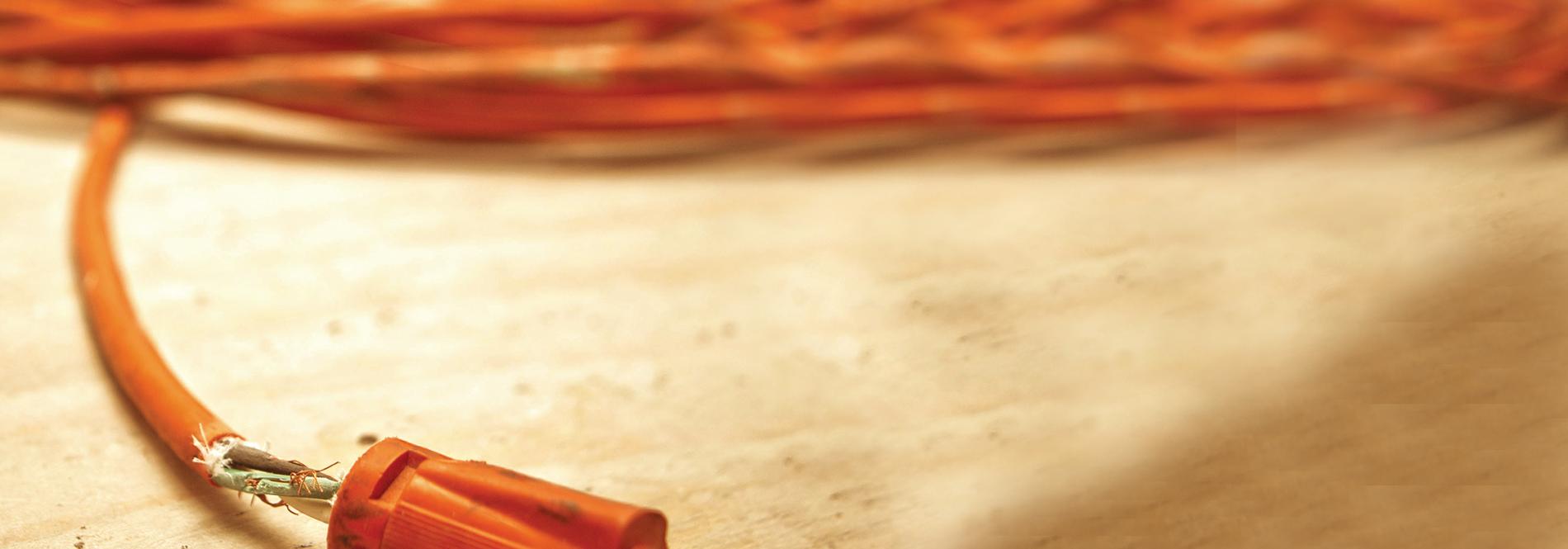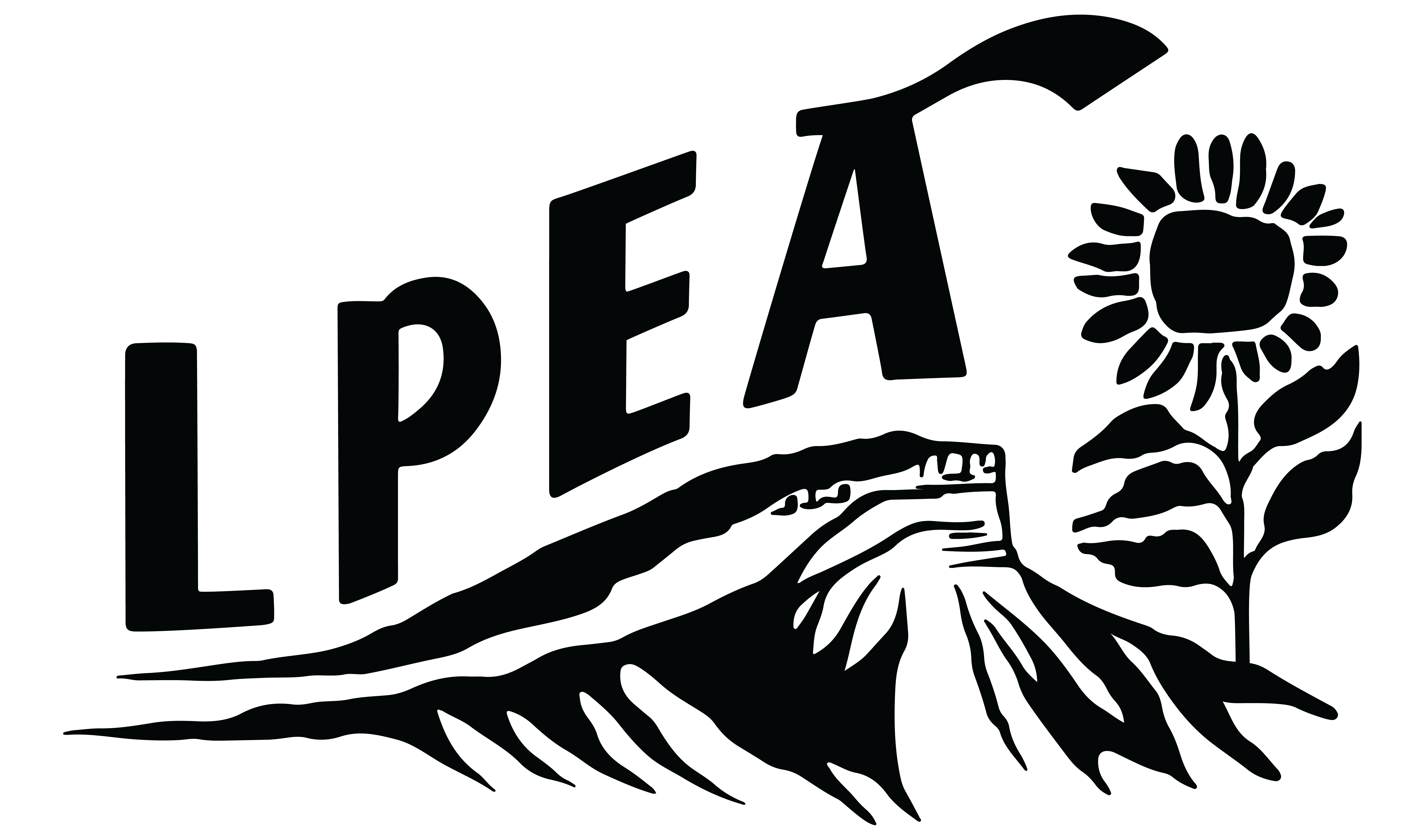
Inspect extension cords before every use this holiday season
Tis the season to inspect and protect. Extension cords are helpful tools in delivering power to your home’s indoor holiday decorations and outdoor holiday lights and inflatables. However, regardless of the gauge or rating of the cord, an extension cord is a temporary solution. Extension cords are not meant to be used as a long-term extension of your household’s electrical system.
Don’t be a Griswold! Using the proper extension cord is critical to your safety. With continuous use over time, an indoor and outdoor extension cord can rapidly deteriorate, creating a potentially dangerous electric shock or fire hazard. Take a minute and review the following extension cord safety tips to help you stay safe from electric shock and electrical fires this holiday season.
-
Check extension cords for damage. Replace - don’t attempt to fix - cords that have been cut or damaged.
-
Check the cord’s electrical capacity and do not overload it.
-
If a cord or plug is warm or hot to the touch, unplug it immediately.
-
Polarized plugs have one blade wider than the other and should only be used with polarized extension cords.
-
Do not use an extension cord for more than one appliance.
-
Use heavy-duty three-prong extension cord for tools with three-prong plugs. Never remove or bend back the third prong.
-
When outdoors, use extension cords designed for outdoor use.
-
Do not overload extension cords or allow them to run through water or snow on the ground.
-
Plug outdoor electric lights and decorations into Ground Fault Circuit Interrupters (GFCI) outlets.
-
Keep extension cords away from moisture, heat, and metal pipes.
-
Never puncture insulation of electrical cords by nailing them to any surfaces.
-
Never place electrical cords across traffic areas or under carpets.
-
Don’t pinch electrical cords behind or under furniture.
-
Don’t use extension cords as permanent wiring.
-
Make sure the extension cord or temporary power strip you use is rated for the products to be plugged in and is marked for either indoor or outdoor use.
-
The appliance or tool that you are using the cord with will have a wattage rating on it. Match this up with your extension cord, and do not use a cord that has a lower rating.
-
Make sure your tools are turned off before connecting them to an extension cord.
-
When disconnecting the cord, pull the plug rather than the cord itself.
-
Unplug and put away extension cords that are not being used.
-
Use only extension cords that are approved by a recognized testing laboratory, such as Underwriters Laboratories (UL).
